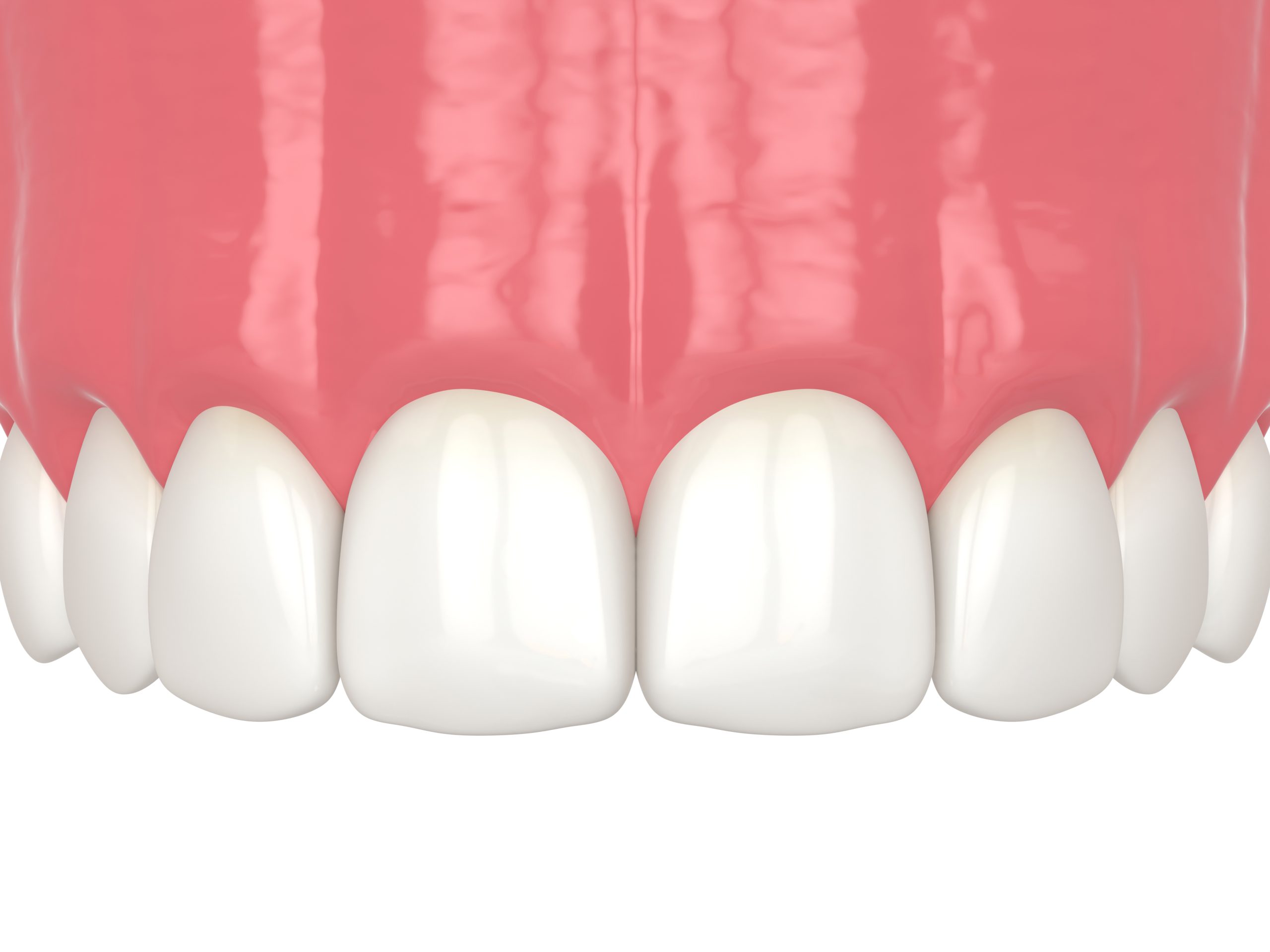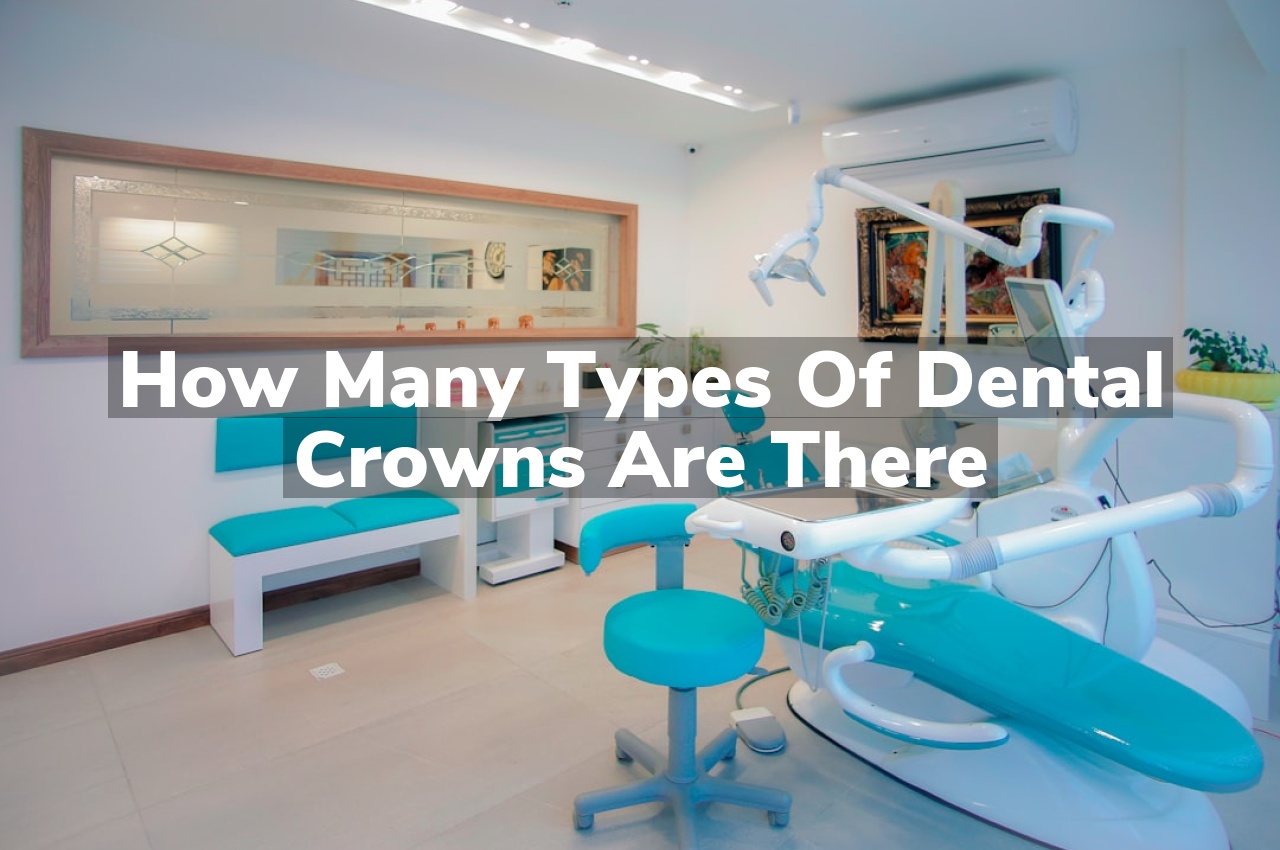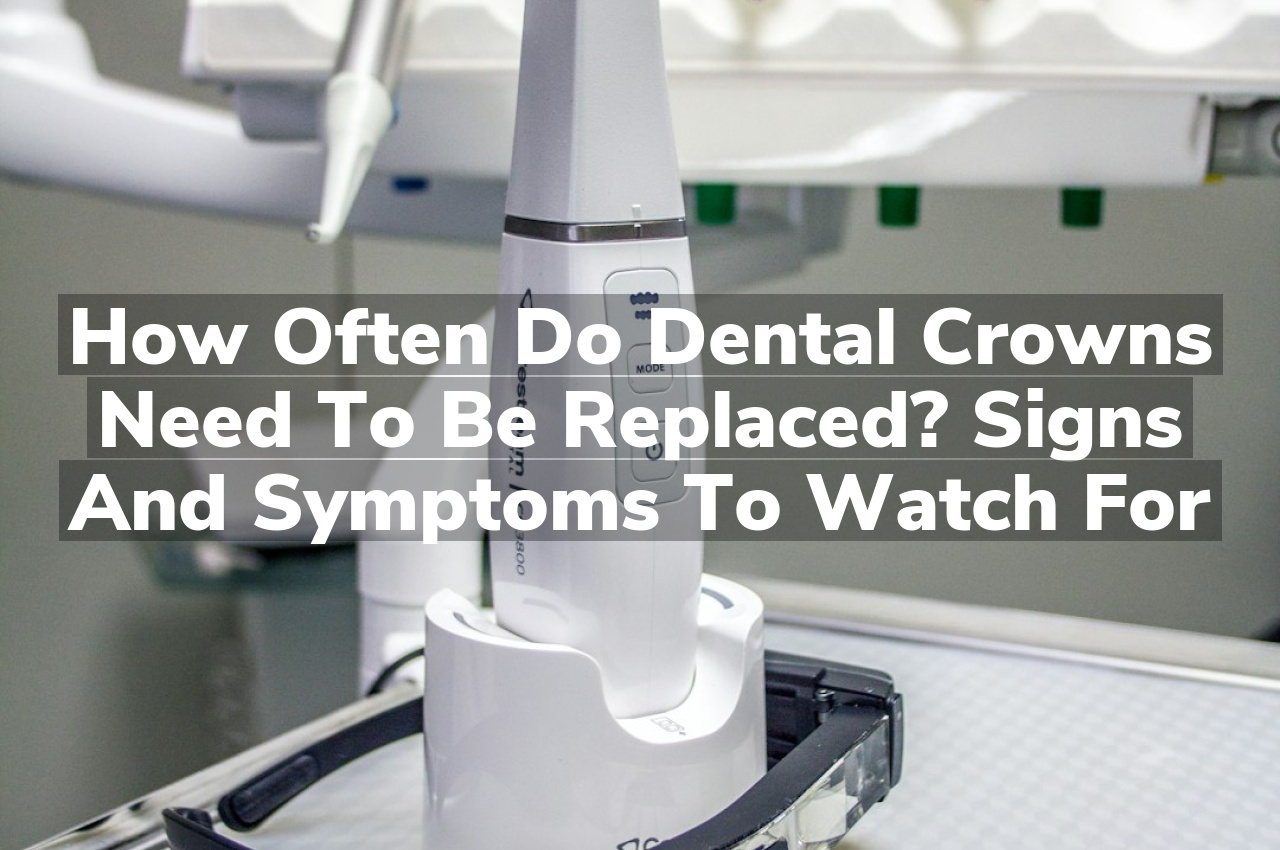Have you ever wondered about the benefits of cosmetic bonding for your smile? Cosmetic bonding is a simple procedure that can enhance the appearance of your teeth by correcting imperfections such as chips, gaps, or discoloration. It generally involves minimal alteration to the original tooth enamel and can significantly improve the aesthetics of your smile.
Benefits of Cosmetic Bonding: Enhances Smile Symmetry
One of the notable benefits of cosmetic bonding is its ability to enhance smile symmetry, which is crucial for a balanced and harmonious appearance. Cosmetic bonding involves a simple procedure where a resin material, matching the color of your teeth, is applied and shaped to correct imperfections. This can effectively address issues like uneven teeth lengths or minor misalignments that disrupt the symmetry of your smile. The result is a more aligned and aesthetically pleasing appearance, which can boost self-confidence and contribute positively to social interactions.
The process is typically quick and non-invasive, making it a popular choice for those looking to improve their smile without extensive dental work. For more detailed information on how this procedure can address specific dental issues, such as chipped teeth, you can read about Cosmetic bonding for chipped teeth explained.
Benefits of Cosmetic Bonding
One of the standout benefits of cosmetic bonding is its speed and efficiency. Unlike other dental procedures that can take multiple visits to complete, cosmetic bonding is typically accomplished in just one appointment. This quick cosmetic procedure involves applying a tooth-colored resin to the damaged or discolored areas of the teeth, which is then hardened with a special light. This process not only saves time but also significantly enhances the appearance of your smile without the prolonged waiting periods associated with other dental restorations.
For those considering enhancing their smile, understanding the full scope of options available can be beneficial. You can learn more about how this procedure can swiftly transform your smile by visiting Cosmetic Tooth Bonding Services in Meridian. This service highlights the benefits of cosmetic bonding, emphasizing its role in achieving aesthetic dental goals efficiently.
Minimal Tooth Enamel Removal
Cosmetic bonding is a dental procedure that generally involves minimal removal of tooth enamel. This aspect is crucial as it helps in preserving the natural structure and strength of the teeth. The process typically requires only a slight etching of the enamel surface to allow the bonding material to adhere effectively. This conservative approach can be important for maintaining the long-term health of the tooth while improving its appearance.
Long-Lasting Smile Improvements
One of the key benefits of cosmetic bonding is its ability to provide long-lasting smile improvements. This dental procedure enhances the appearance of teeth by correcting imperfections such as chips, gaps, or discoloration. The results can significantly boost your confidence and satisfaction with your smile, often lasting for several years with proper care. For those considering their options, Alliance Dental Care offers more information on this treatment, available through this Meridian Dentist.
Boosts Self-Confidence
One of the most significant benefits of cosmetic bonding is its ability to enhance your self-confidence. This simple yet effective dental procedure can dramatically improve the appearance of your teeth, correcting imperfections such as chips, gaps, and discolorations. With a more appealing smile, you’re likely to feel more confident in social situations, professional environments, and even in your personal life. The boost in self-esteem that comes from a brighter, more aligned smile is a key advantage of cosmetic bonding, making it a popular choice for those looking to make a positive change in their appearance and overall quality of life.
Color Matches Natural Teeth
One of the standout benefits of cosmetic bonding is its ability to seamlessly blend with the natural color of your teeth. This procedure involves the application of a composite resin that is expertly matched to your tooth’s unique shade, ensuring that the bonding improves your smile without looking out of place or artificial. This color matching process not only enhances the aesthetic appeal but also contributes to a more natural, confident smile. Whether you’re looking to repair a chip, close a gap, or correct discoloration, the benefits of cosmetic bonding make it an excellent choice for subtle yet effective dental improvements.
Painless Smile Enhancement
Cosmetic bonding offers a painless route to enhance your smile, making it an appealing option for those looking to improve their dental aesthetics without discomfort. One of the key benefits of cosmetic bonding is its non-invasive procedure, which involves applying a tooth-colored resin to chipped, discolored, or slightly misaligned teeth. This method not only transforms your smile painlessly but also preserves the natural structure of your teeth, unlike other more invasive procedures. With cosmetic bonding, achieving a brighter, more aligned smile is straightforward and comfortable, ensuring you can enhance your appearance without any associated pain.
Affordable Cosmetic Solution
When considering ways to enhance your smile, the benefits of cosmetic bonding make it an attractive option, particularly for its affordability. Unlike more costly dental procedures like veneers or crowns, cosmetic bonding offers a cost-effective solution for correcting imperfections in your teeth such as chips, gaps, or discoloration. This procedure involves the application of a tooth-colored resin material that is shaped and polished to match the surrounding teeth, providing a natural-looking improvement without the hefty price tag. For those looking to improve their smile on a budget, cosmetic bonding stands out as an economically viable choice.
Corrects Minor Dental Imperfections
Cosmetic bonding is a versatile dental treatment that effectively addresses a variety of minor dental flaws, enhancing your smile’s overall appearance. One of the key benefits of cosmetic bonding is its ability to correct imperfections such as chips, cracks, discoloration, and gaps between teeth. This procedure involves the application of a tooth-colored resin, which is then shaped and polished to match the surrounding teeth, offering a natural and improved look. The simplicity and affordability of cosmetic bonding make it an attractive option for those looking to make minor adjustments without the need for more invasive procedures.
Conclusion
Explore the benefits of cosmetic bonding and how it can enhance your smile. For more information, call us at 208-608-2098 or read our reviews on Google Maps.









